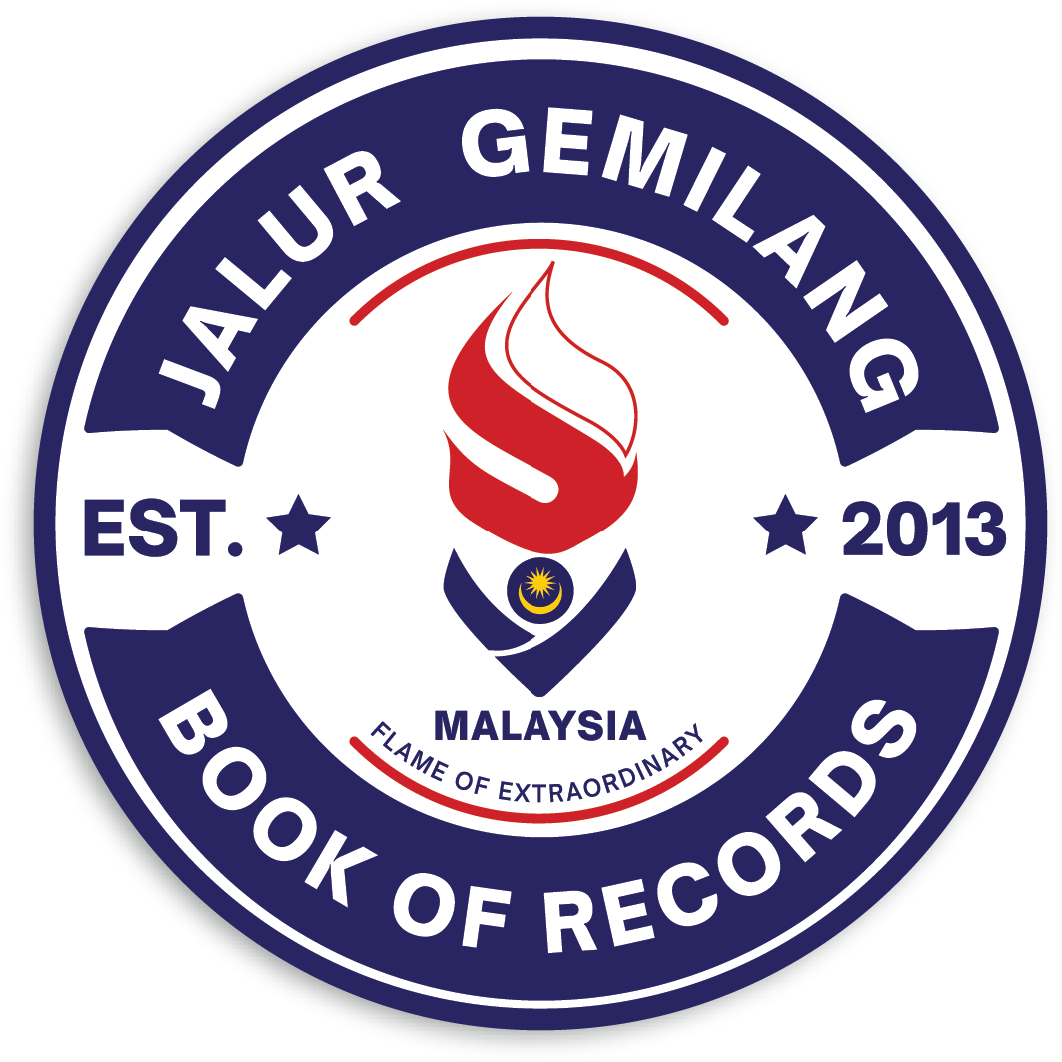Siniawan’s Unique Dragon Lantern Illuminates Sarawak
In a remarkable demonstration of creativity, Siniawan in Sarawak distinguished itself by setting a record for the longest-hanging dragon lantern decoration in Sarawak at 298 feet for the Chinese New Year.
Siniawan is a small town in the Bau district with a population total of about 3,600 people, with the majority being Bidayuh. Located 21km away from Kuching city, it is famous for its Siniawan Night Market, where they promote their traditions and cultures.
This achievement, as announced by Serembu assemblyman Miro Simuh, underscores the town’s unique identity. He also emphasized the town’s exceptional unity despite its diverse ethnic and religious background, stating, “Here lies the uniqueness of our Siniawan town. Despite our diverse ethnic and religious backgrounds, we come together to celebrate every Chinese New Year, Christmas, and Hari Raya. This is our uniqueness—a small place where we strive to give our best to every visitor.”
The ceremony, witnessing traditional performances such as lion dances, marked the official inauguration of the locally crafted dragon head and decoration, which took a month of preparation.
The community was encouraged to capture the moment through photos and share them widely to inspire more people to witness the beauty of the dragon and lantern decoration, which stretches to the cricket field. Siniawan’s record-setting dragon lantern decoration not only stands as a testament to the town’s creativity and dedication but also serves as a beacon of unity and celebrations, bringing people from diverse backgrounds together in the joyous spirit of festivities.
Siniawan’s Unique Dragon Lantern Illuminates Sarawak Read More »
